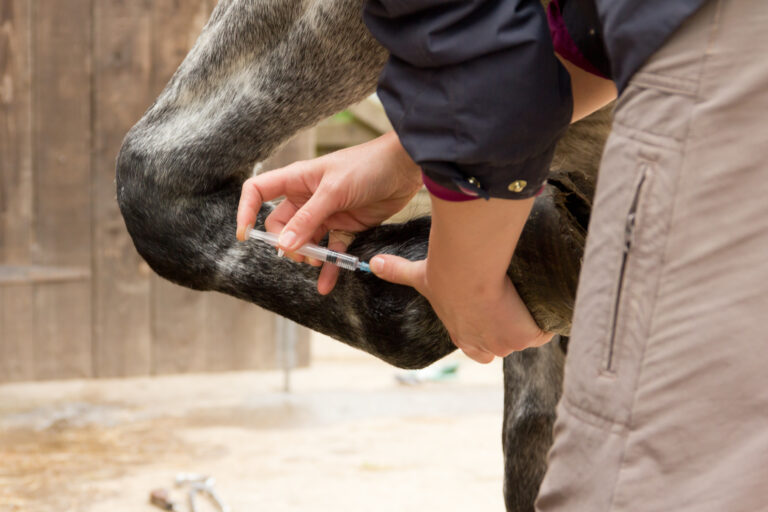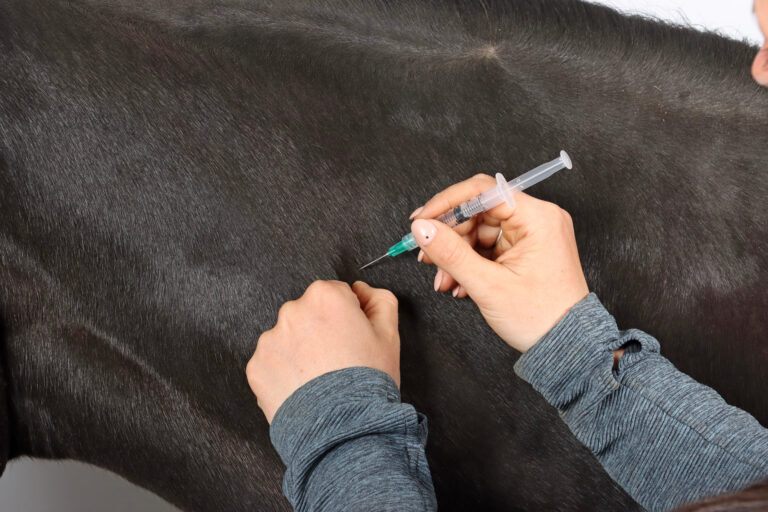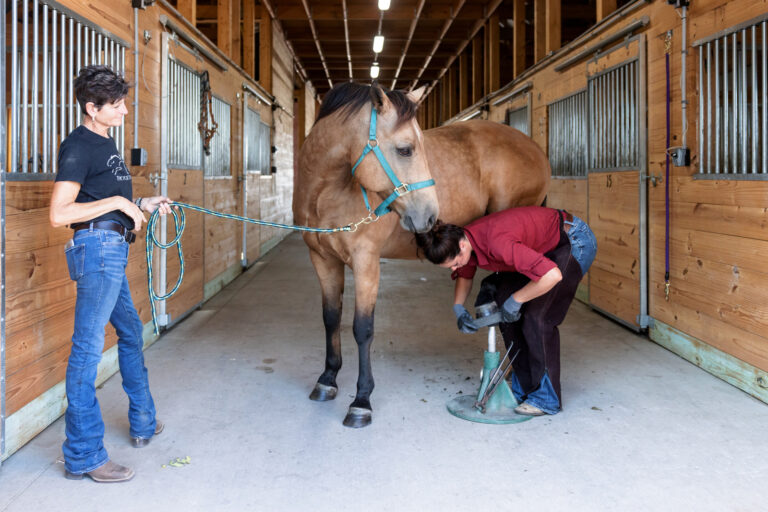A free article titled, “What is the most effective way to perform intravenous regional perfusion?” is available from Equine Veterinary Education and can be found on the Wiley online library.
Following is the start of the article; the complete text can be found online.
From the Article
Treatment of orthopaedic infections such as septic arthritis, osteomyelitis, and soft-tissue infections associated with trauma or surgery can be challenging for the veterinary practitioner. In the current economic climate there is also the underlying pressure of trying to balance effective treatment with cost efficiency.
Intravenous regional perfusion (IRP) has become a widely used treatment modality in these cases, as it can provide high concentrations of antibiotics to the affected area while limiting systemic side effects and costs. Intravenous regional perfusion consists of an injection of antibiotic into a limb vein of a standing, sedated horse, while the blood flow to the limb is interrupted for approximately 30 minutes by application of a tourniquet. Due to the interrupted blood flow, the antibiotic can concentrate in the tissues of the limb. A number of studies (Errico et al. 2008; Beccar-Varela et al. 2011) have demonstrated that high concentrations of antibiotics can be achieved in target tissues using this technique.
Author
C. Kearney, UCD Veterinary Hospital, University College Dublin, Ireland




